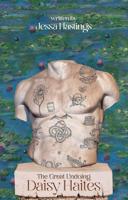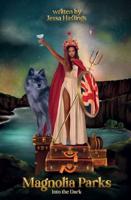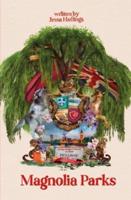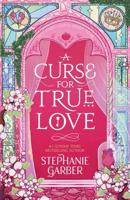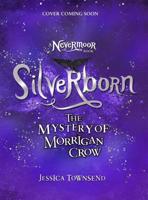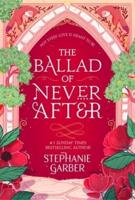Publisher's Synopsis
This historic book may have numerous typos and missing text. Purchasers can usually download a free scanned copy of the original book (without typos) from the publisher. Not indexed. Not illustrated. 1893 edition. Excerpt: ... III.--THE BARN-OWL. BY T. SOUTHWELL, NORWICH. Mr. Watson's plea for the Owl family ought to be sufficient to convince the most sceptical of the immense benefits conferred by birds of this class upon the farmer, but I will ask him kindly to allow me to supplement his brief remarks upon my favourite, the barn, or white owl, than which I believe there is not a more useful bird to be found, or one which is treated with baser ingratitude. Writing about 1845, Mr. Lubbock says: --" In most extensive farming establishments a pair have possession of the barn, and may be seen every evening beating the marshes regularly for mice." Would that this were applicable to the present time! On the contrary, the barn owl is becoming a scarce bird, and, when found, rarely for long escapes the deadly engines of the gamekeeper, or is foully slaughtered, that its dismembered remains may form a ghastly ornament in the hat of the gentler (?) sex. All the year round the barn owl is most industriously waging war against the pests of the farm, but in summer, when it has young to provide for, the quantity of small rodents it destroys is enormous. Owing to the strictness with which game is preserved in the present day, the rats in summer have it all their own way; no ferretting can be done, and dogs must not hunt the hedgerows when the partridges are nesting, so the rats multiply exceedingly in consequence. I doubt whether any living creature is more destructive to game in the breeding season than rats; but what are the owls doing at that time? Mr. Prank Norgate counted twenty-six good-sized rats in the nest of a single barn-owl, and as they were all quite fresh and the weather very warm, there is no doubt they were all killed the previous night. Let those who know the...





